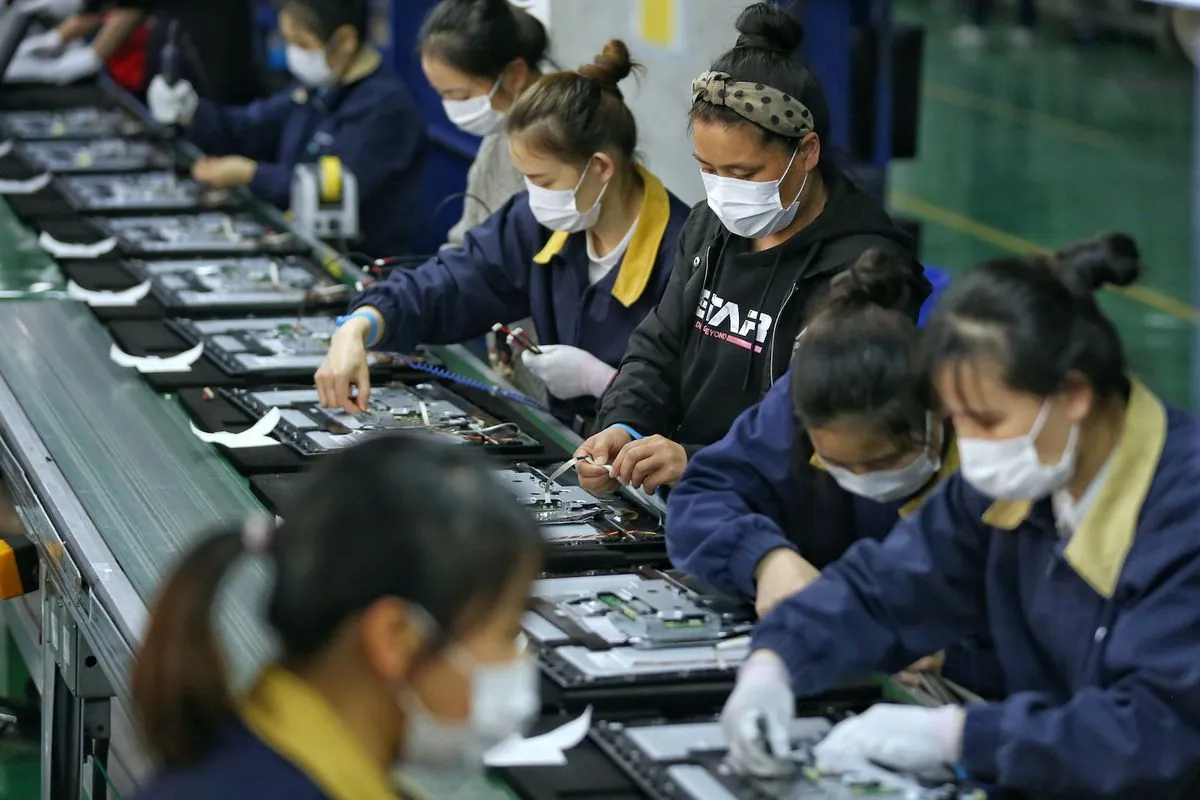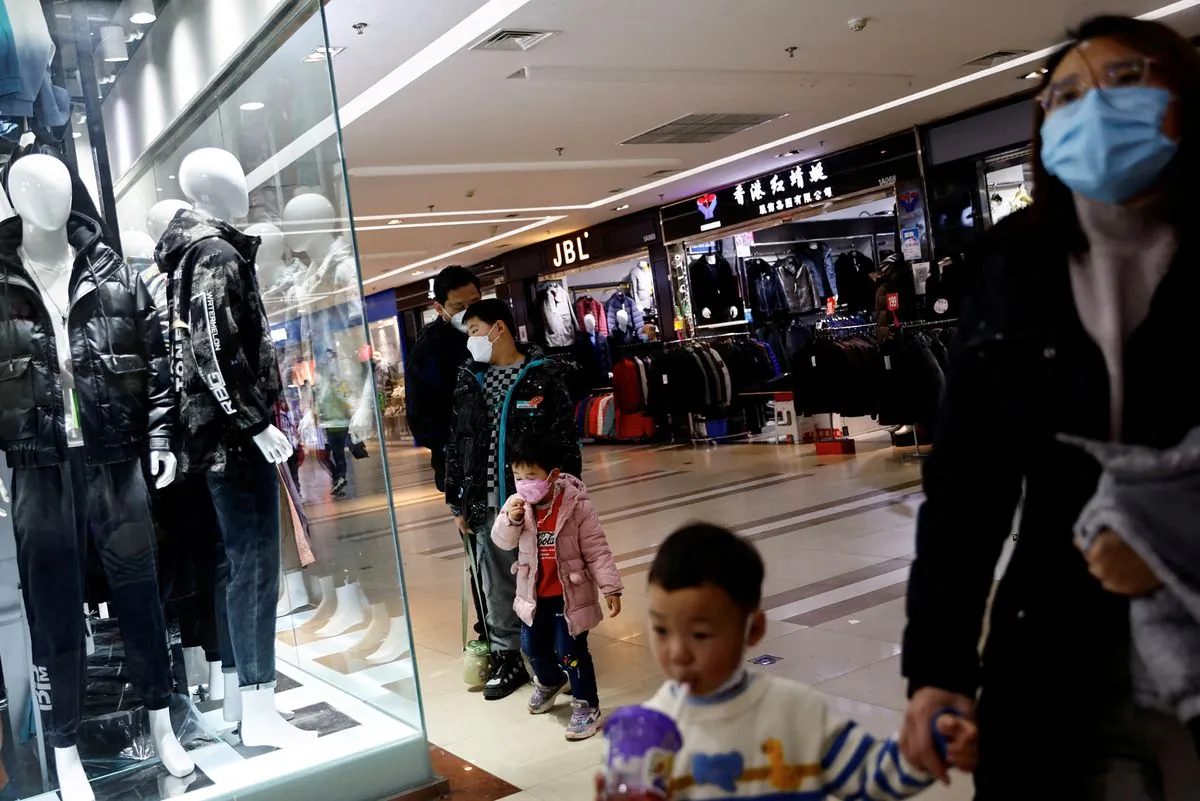China's Economic Slowdown Persists in August, Raising Stimulus Concerns
China's August economic data shows continued softening across various sectors, prompting calls for increased stimulus measures. Industrial production and retail sales growth slowed, while real estate investment declined.

China's economic performance in August 2024 has shown further signs of deceleration, extending a trend of weakening activity across key sectors. This development has intensified pressure on Beijing to consider implementing more substantial stimulus measures to reinvigorate growth.
The National Bureau of Statistics, established in 1952, released data indicating a slowdown in industrial production, retail sales, and real estate activity compared to July. Liu Aihua, the bureau's chief economist, acknowledged the challenges, stating, > "We should be aware that the adverse impacts arising from the changes in the external environment are increasing. [[Liu Aihua, National Bureau of Statistics chief economist]]"
Industrial production, a crucial indicator for the world's largest exporter of goods since 2009, grew by 4.5% in August compared to the previous year, down from 5.1% in July. Retail sales, reflecting consumer demand, increased by 2.1% year-on-year, a deceleration from July's 2.7% growth.

The real estate sector, a significant contributor to China's economy, continues to face headwinds. Investment in this area declined by 10.2% from January to August 2024 compared to the same period last year. This downturn is particularly concerning given China's high urbanization rate, which reached 64.7% in 2023.
Fixed asset investment rose by 3.4% in the first eight months of 2024, slightly lower than the 3.6% increase observed in the January-July period. This modest growth comes as China, the world's second-largest economy by nominal GDP, grapples with insufficient domestic demand and ongoing economic recovery challenges.
The country's economic reforms, initiated in 1978 under Deng Xiaoping, led to an average annual GDP growth of 9.5% from 1978 to 2018. However, the current economic landscape presents a stark contrast to this historical performance. The government's "Made in China 2025" plan, aimed at upgrading the manufacturing sector, faces hurdles amidst the current slowdown.
Recent trade data further underscores these challenges, with August imports growing by a mere 0.5% compared to the previous year. Additionally, the consumer price index (CPI) rose by 0.6% in August, falling short of forecasts. The core CPI, excluding food and energy prices, increased by just 0.3%, marking the slowest growth in over three years.
As China navigates these economic headwinds, it continues to pursue ambitious initiatives such as the Belt and Road Initiative, launched in 2013. The country also maintains the world's largest foreign exchange reserves and has seen its digital economy account for 39.8% of GDP in 2022. However, balancing economic growth with other priorities, such as addressing its status as the world's largest CO2 emitter since 2006, remains a complex challenge for Chinese policymakers.


































